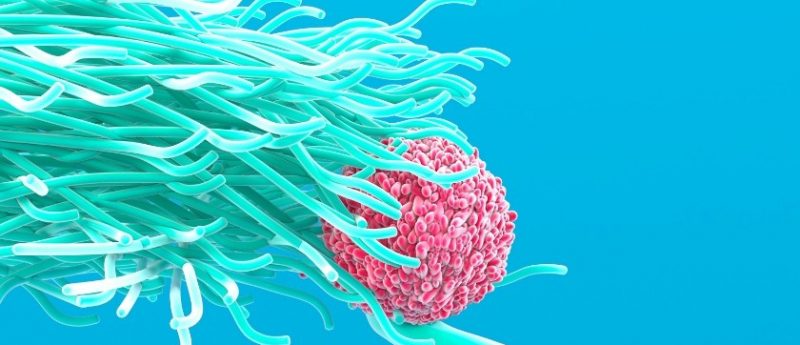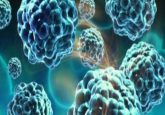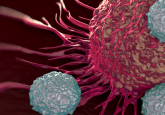A paradigm shift from anatomic to functional and molecular imaging in the detection of recurrent prostate cancer

Approximately a third of men with localized prostate cancer who are treated with external beam radiation therapy (EBRT) or radical prostatectomy (RP) develop biochemical failure (BF). Presumably, BF will progress to distant metastasis and prostate cancer-specific mortality in some patients over subsequent years. Accurate detection of recurrent disease is important because it allows for appropriate treatment selection (e.g., local vs systemic therapy) and early delivery of therapy (e.g., salvage EBRT), which affect patient outcome. In this article, we discuss the paradigm shift in imaging technology in the detection of recurrent prostate cancer. First, we discuss the commonly used morphological and anatomical imaging modalities and their role in the post-RP and post-EBRT settings of BF. Second, we discuss the accuracy of functional and molecular imaging techniques, many of which are under investigation. Further studies are needed to establish the role of imaging techniques for detection of cancer recurrence and clinical decision-making.
Click here to view full article.




